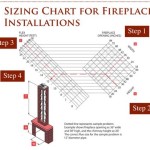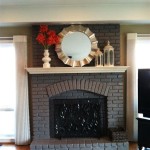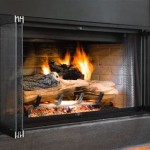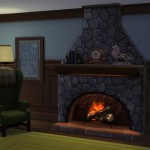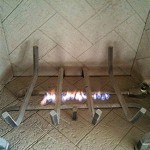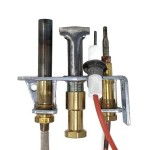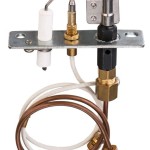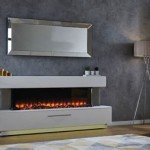The Heart of the Hearth: Understanding the Essential Aspects of Your Wood Fireplace Chimney
A crackling fire, the aroma of burning wood, and the warmth that radiates throughout your home—these are the cherished experiences that make a wood-burning fireplace so beloved. However, behind this cozy ambiance lies a crucial component often overlooked: the chimney. Neglecting your chimney can compromise safety, efficiency, and the overall enjoyment of your fireplace.
Materials and Construction: The Foundation of a Sound Chimney
The backbone of your chimney is its materials and construction. Traditionally crafted from brick, stone, or metal, chimneys today often incorporate modern materials like ceramic flue liners and stainless steel pipes. Each material has its advantages and disadvantages.
Brick chimneys, renowned for their durability, withstand high temperatures and resist corrosion. Stone chimneys, while aesthetically pleasing, require more maintenance and may crack over time. Metal chimneys offer flexibility and cost-effectiveness, but they are more prone to rust and damage.
Proper Sizing: Ensuring Optimal Draft
A well-sized chimney is essential for proper airflow. Too narrow a chimney will restrict draft, causing smoke and fumes to back up into your home. Too wide a chimney will create excessive draft, wasting heat and creating a roaring fire that can damage the flue.
The ideal chimney size depends on the size of your fireplace opening, the height of the chimney, and the type of wood you burn. Consult a qualified professional to determine the optimal dimensions for your specific needs.
Flue Lining: The Inner Sanctum of Your Chimney
The flue lining provides a smooth, fire-resistant surface for the combustion gases to travel through. Over time, soot, creosote, and other byproducts of combustion can accumulate within the flue, posing a fire hazard. Regular cleaning and inspection of the flue lining are critical for safety and longevity.
Modern flue liners, such as ceramic and stainless steel, offer exceptional durability and resistance to corrosion. They assist in maintaining a clean and efficient flue.
Chimney Cap: A Guardian against the Elements
Capping your chimney is essential to prevent water, debris, and animals from entering. A well-fitted chimney cap protects the flue from moisture damage, prevents downdrafts, and keeps birds and squirrels from nesting inside.
Chimney caps come in various materials, including stainless steel, copper, and galvanized steel. Choose a cap that complements the style of your home and provides adequate protection.
Conclusion: The Key to a Safe and Enjoyable Fire
A well-maintained chimney is the cornerstone of a safe and enjoyable wood-burning experience. By paying attention to the materials, sizing, flue lining, and chimney cap, you can ensure optimal draft, prevent fire hazards, and prolong the life of your chimney. Regular inspections and cleaning will keep your fireplace functioning at its best, providing you with countless cozy and memorable moments in the years to come.

What Are The Benefits Of A Wood Stove Versus Traditional Fireplace

Garden Projects 2024 Wood Stove Hearth Surround Home Fireplace

Old Wood Stove On Brick Hearth By Stocksy Contributor Brian Powell Fireplace Burning

How Fireplace Inserts Work We Love Fire
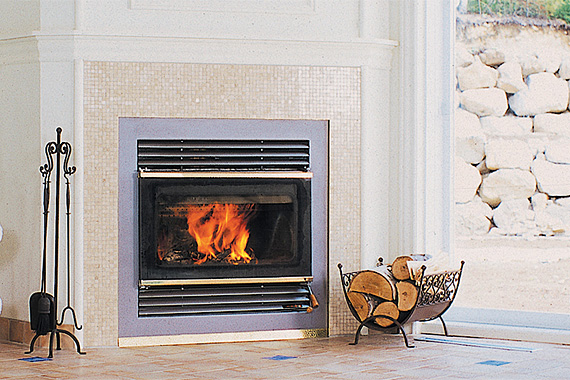
Energy Efficient Wood Burning Fireplaces

Ventis He250 Zero Clearance Wood Fireplace Chimney

Wood Stove Chimney Articles Woodstove

Fireplace Chimney

How To Install A Wood Stove Chimney Through Wall

New Wood Burning Prefab Fireplaces Complete Fireplace Installs

